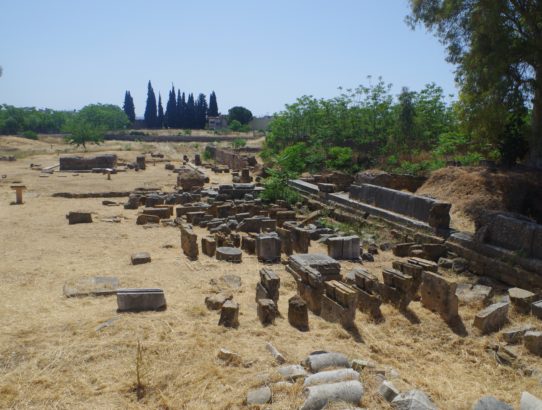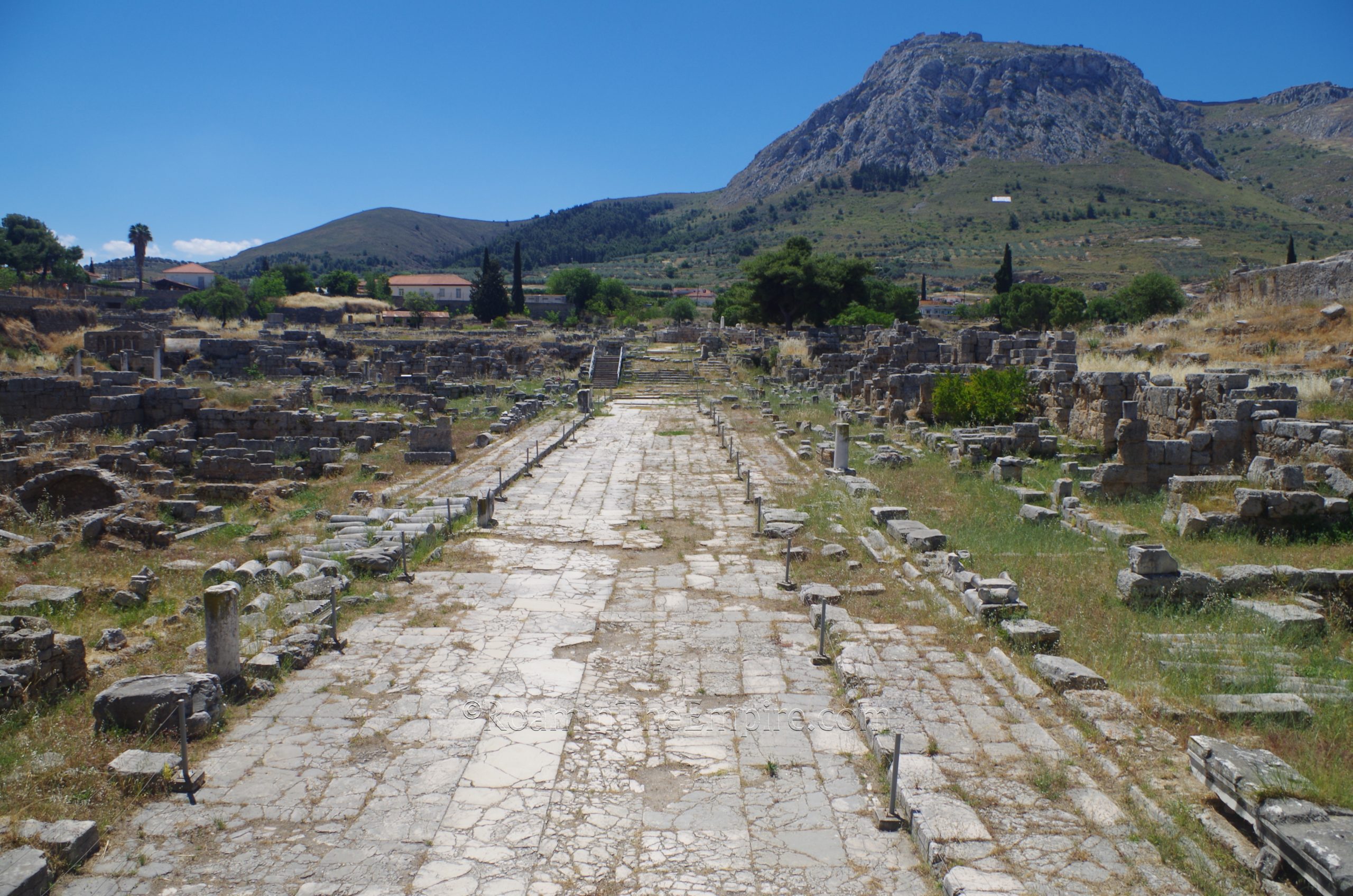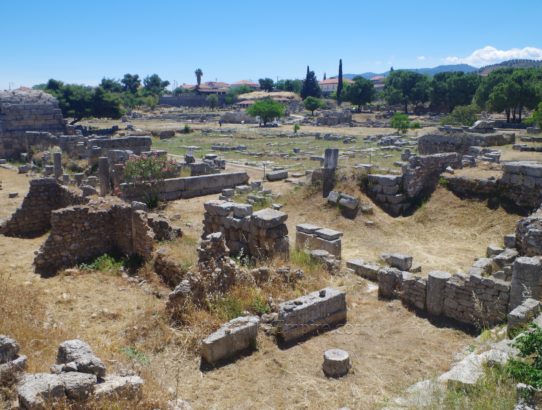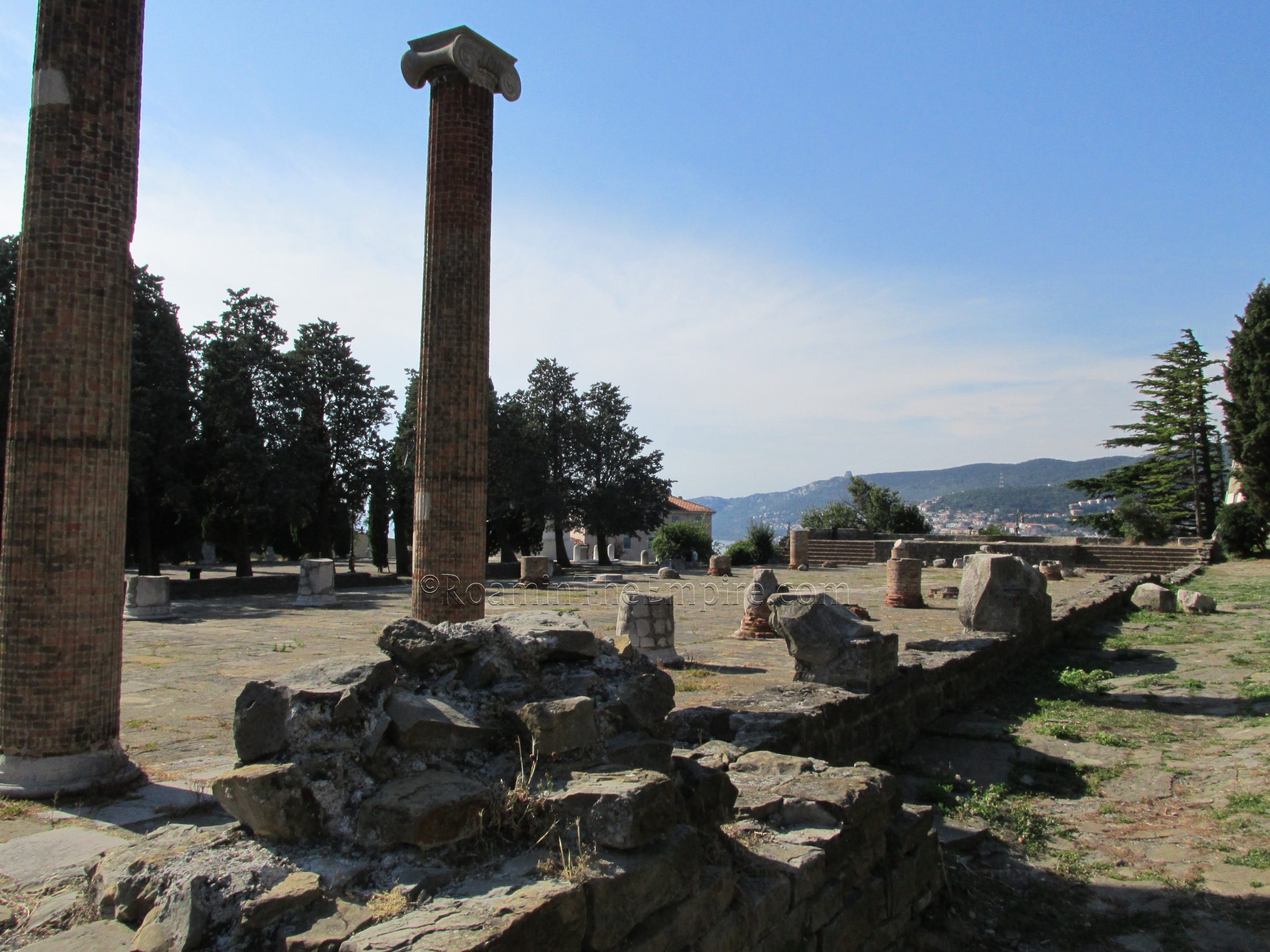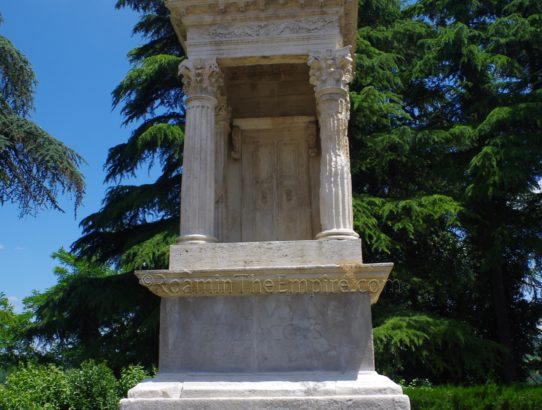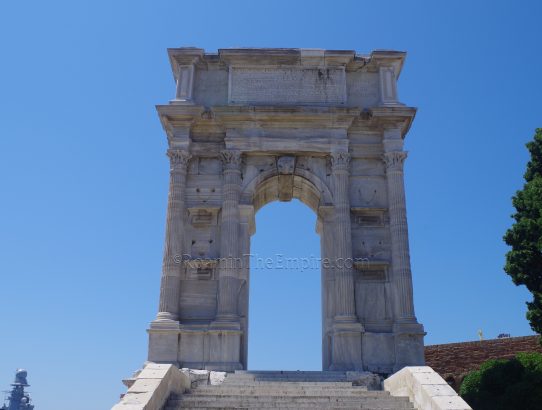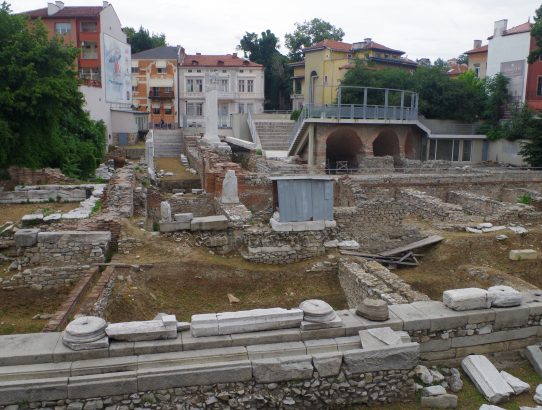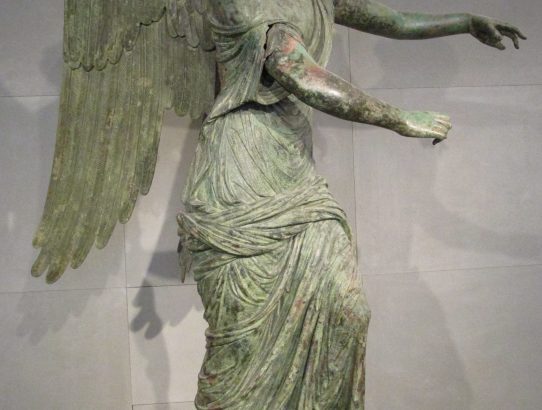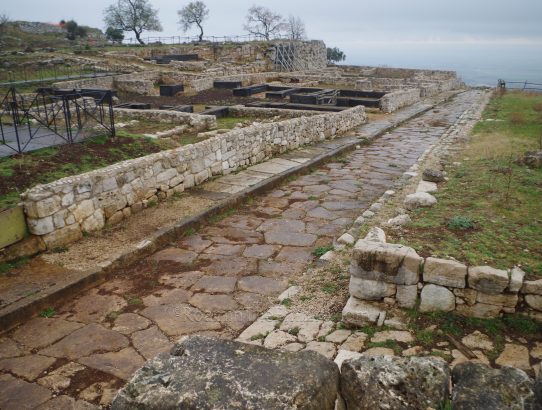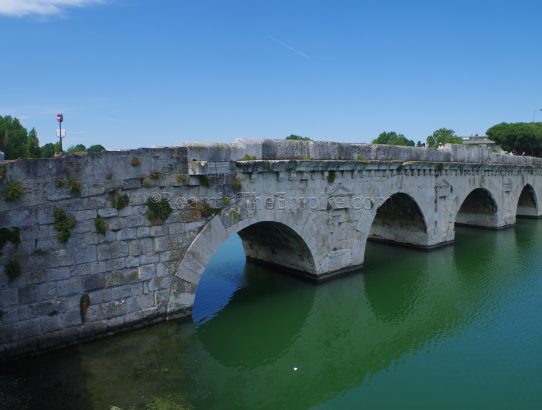Argos, Achaea – Part II
Continued from Argos Part I Just across the street to the east is the archaeological area of Argos’ agora. The agora has the same hours as the theater and is included in the admission ticket. Though it may generally be open. Two guys seemed to be there watching over things and acknowledged me when I…
Read More


